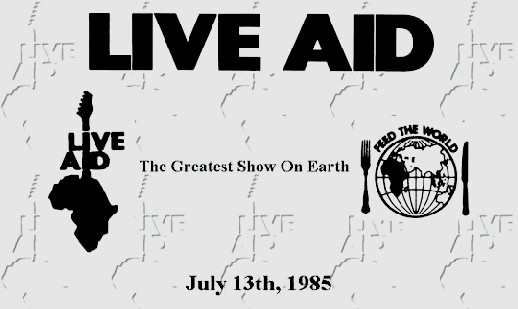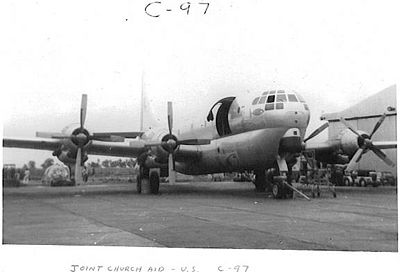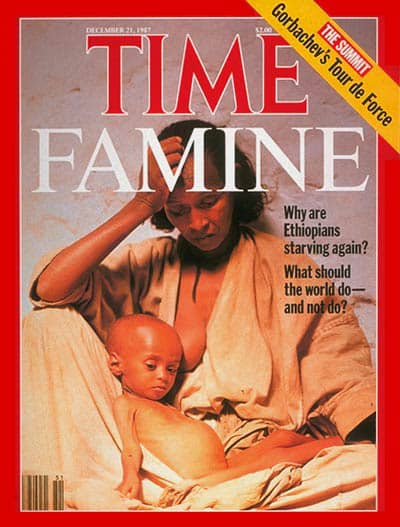WORLD EVENT THAT HAS SHAPED THE PRINCIPLE AND CONDUCT OF HUMANITARIAN INDUSTRY IN AFRICA
The Biafra airlift (1967-1970)
In 1967, civil war broke out in Nigeria following a series of coups, counter-coups and ethnic killings, and the ethnic Igbo in the south of the country declared their own homeland, the state of Biafra. The Nigerian government responded by blockading Biafra, and a humanitarian crisis resulted, with millions of civilians caught up without food and medical supplies.
response, a huge humanitarian operation was launched, and a mix of well-meaning volunteers and mercenaries, funded by charity organizations, began flying food and medical supplies into Biafra. The mission was fraught with danger- the Nigerian airforce would shoot down any relief flights claiming (most likely accurately) that weapons were being smuggled to the resistance. Flights were flown in at night, without lights, and landings orchestrated on roads in the bush where supplies could then be delivered to starving civilians.
By war’s end as many as three million people may have died, mostly due to a mixture of starvation and disease. The involvement of humanitarian actors, however, has subsequently been condemned. Not only did the relief flights facilitate the smuggling of weapons to the Biafran rebels, but some critics claimed that the relief assistance merely gave the Biafrans the resolve to hold out longer, exacerbating the humanitarian situation rather than surrendering and allowing the seige to end. One report put the toll due to humanitarian action at 180,000 dead. This was the largest and most high-profile instance to that point of humanitarian intervention being arguably partisan, and also contributing significant harm, not just good.
Another important cameo played out in the Biafran civil war. Red Cross workers were allowed to work in the war-affected areas to provide medical assistance, but under the guise of neutrality were not allowed to speak about what they were seeing. Witnessing atrocities against civilians committed by government forces, as well as attacks against humanitarian staff, this enraged some of the volunteers. Most prominent among these was Frenchman Bernard Kouchner, who felt strongly that the Red Cross’s stance on neutrality was an ethical compromise. He determined to establish an organization that was free of any government influence and could speak out on behalf of those affected by crisis, and the NGO Medecins Sans Frontieres (MSF) was born. MSF remains one of the foremost NGOs to this day, and is fiercely independant and proud (to a fault…?) of its independence from government, military and even international organizational influence.
The Ethiopia Famine (1983-5) and Live Aid (1985)
From 1983, a combination of failed rains, civil warfare and the purges and collectivist policies of a communist dictatorship had pushed Ethiopia into one of the worst famines of the 20th century. By its end, 8 million people would be affected by famine, with between 500,000 and one million deaths. Images of its victims, made famous by BBC reporter Michael Buerke’s dispatches from the field, were broadcast onto TV screens across the western world, making the Ethiopian famine the first to really be witnessed by a western audience.
Galvanized by public sympathy, a group of some of the most popular musicians of the day joined together, led by the enthusiastic Bob Geldof, to form Band Aid. They recording a song to raise funds for Ethiopian famine victims, ‘Do They Know It’s Christmas?’ which became a Christmas Number One in the UK charts in late 1984. In 1985, Geldof again coordinated efforts for a fundraising concert, held simultaneously in the UK and the US, which ultimately garnered an audience of a little under 2 billion people worldwide and raised an estimated $150 million
The Ethiopian famine and the subsequent fundraising efforts marked a watershed moment in the history of aid fundraising. Large amounts of fundraising money were no longer just the domain of governments, nor were charities restricted to small pockets of whatever they could raise through collection baskets and faithful donors. Furthermore, the idea of a world out there- the third world- experiencing hardship was suddenly projected into peoples’ homes and made a part of their day-to-day consciousness. Since that time, people- particularly in the west- have remained aware of third world disasters. It is part of the collective experience and expectation that there is a poor world out there that suffers things that people in the west do not tend to.
On the up side, this has made the job of convincing people of the need to give easier. There is also a downside. Since Live Aid and many of the confronting images that were broadcast to shock people into giving, people have slowly become increasingly desensitized to images of suffering. The awareness-raising and media campaigns for the Ethiopia famine also represented the major incursion of shocking images into the public space, to the detriment of the dignity of survivors which has taken years to break down (and is still a challenge in some sectors).
Sources
Africa Union Human Right commission,
Human right defender,
UN human right defender,
BTLF Research & Development Unit.





